Karlfelersii - Untitled
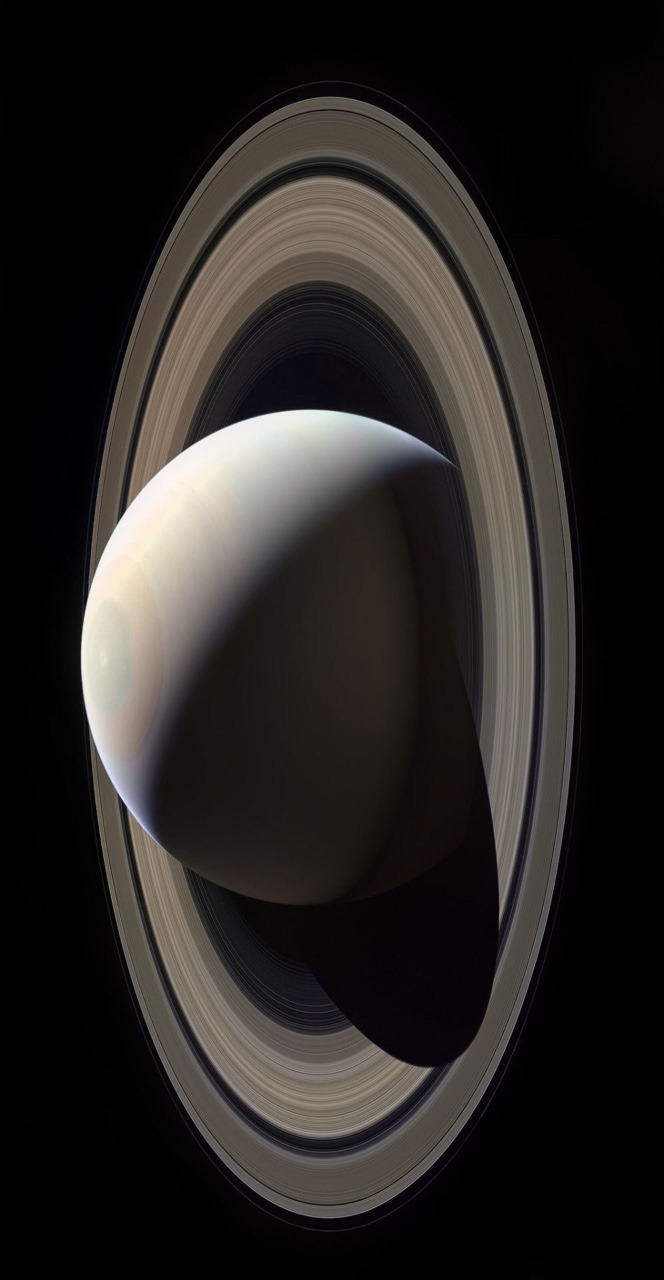
More Posts from Karlfelersii and Others


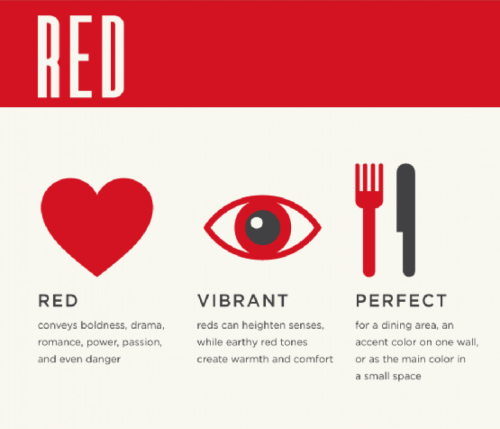
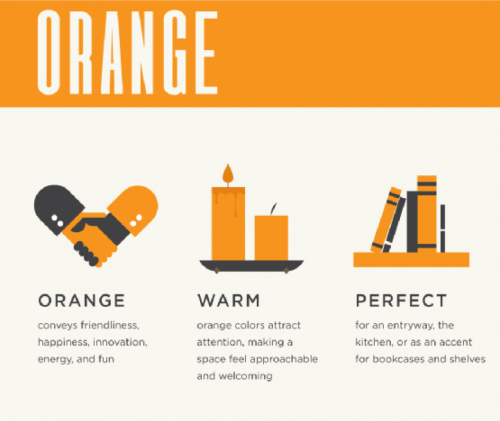

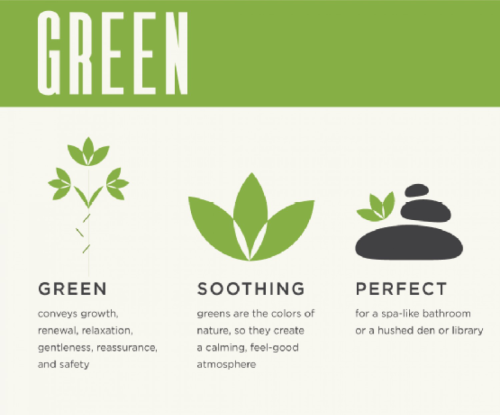

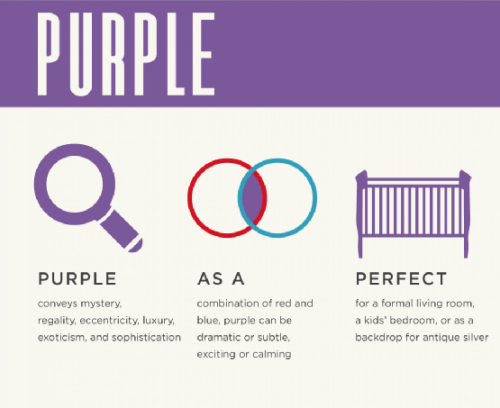


For more posts like these, go to @mypsychology
Is Witchcraft a Placebo?
What is the “placebo effect” - a beneficial effect, produced by a placebo drug or treatment, that cannot be attributed to the properties of the placebo itself, and must therefore be due to the patient’s belief in that treatment
One of the hardest aspects of witchcraft is proving it actually works. When it comes to spell jars, sigils, and other energy type work the only proof we have of its abilities to actually do anything is our own experiences.
Think of it this way:
You create a spell jar to banish negative energy from your home. You’ve been having this feeling in your gut that something just isn’t right. When you come home you feel some sort of bad mojo around you.
So you put together a spell jar. You collect all your ingredients and you perform your spell. Everything went just as planned and you have your jar all finished. You decide to place it on your altar or maybe you choose to bury it in your yard, or place it somewhere hidden like a closet or dresser..
You start to feel a lightness surrounding you (like that heavy bad feeling is gone or at the very least, slowing dissipating). ~ it’s working ~ the spell is actually working…. or is it?
You’ve been told that this will banish the negative energy from your home and you believe it. So did a jar full of herbs, objects and whatever else you used actually banish the negative energy? Or did it work because you believed it would?
We’ve argued to a point of exhaustion about intent in witchcraft. “All you need is intent, everything else is just extra shit.” You ever wonder why witches tell you this? It’s because they have some awareness that all you need to do is believe it works and it’ll work.
I’m not one of these witches lol. I’m into science and hard facts. Which is probably why my craft mostly centers around herbalism (and the medicinal properties of herbs) but I do still use crystals, candles and I’m a tarot reader but that doesn’t mean I’m not self-aware. I understand that my craft will be questioned and what kind of witch would I be if I didn’t also question my own craft and how it works.
Of course I’m not saying magick isn’t real or that witchcraft is just made up bologna. I am a witch afterall lol. What I am saying is that witchcraft and the placebo effect are very similar.
There have been medical studies where they’ve found that more than 30% of those given a placebo reported the same results as those given the actual drug. This begs the question; are the active ingredients (or properties) in the drugs actually doing anything? or is the power of suggestion strong enough to mimic the results of the drug in question?
Thoughts?

4 Ways To Improve Exam Memory | Psych2Go
Sixty Years of Exploration, Innovation, and Discovery!

Exactly sixty years ago today, we opened our doors for the first time. And since then, we have opened up a universe of discovery and innovation.
There are so many achievements to celebrate from the past six decades, there’s no way we can go through all of them. If you want to dive deeper into our history of exploration, check out NASA: 60 Years and Counting.
In the meantime, take a moonwalk down memory lane with us while we remember a few of our most important accomplishments from the past sixty years!

In 1958, President Eisenhower signed the National Aeronautics and Space Act, which effectively created our agency. We officially opened for business on October 1.
To learn more about the start of our space program, watch our video: How It All Began.

Alongside the U.S. Air Force, we implemented the X-15 hypersonic aircraft during the 1950s and 1960s to improve aircraft and spacecraft.
The X-15 is capable of speeds exceeding Mach 6 (4,500 mph) at altitudes of 67 miles, reaching the very edge of space.
Dubbed the “finest and most productive research aircraft ever seen,” the X-15 was officially retired on October 24, 1968. The information collected by the X-15 contributed to the development of the Mercury, Gemini, Apollo, and Space Shuttle programs.
To learn more about how we have revolutionized aeronautics, watch our Leading Edge of Flight video.

On July 20, 1969, Neil Armstrong and Buzz Aldrin became the first humans to walk on the moon. The crew of Apollo 11 had the distinction of completing the first return of soil and rock samples from beyond Earth.
Astronaut Gene Cernan, during Apollo 17, was the last person to have walked on the surface of the moon. (For now!)
The Lunar Roving Vehicle was a battery-powered rover that the astronauts used during the last three Apollo missions.
To learn more about other types of technology that we have either invented or improved, watch our video: Trailblazing Technology.

Our long-term Earth-observing satellite program began on July 23, 1972 with the launch of Landsat 1, the first in a long series (Landsat 9 is expected to launch in 2020!) We work directly with the U.S. Geological Survey to use Landsat to monitor and manage resources such as food, water, and forests.
Landsat data is one of many tools that help us observe in immense detail how our planet is changing. From algae blooms to melting glaciers to hurricane flooding, Landsat is there to help us understand our own planet better.
Off the Earth, for the Earth.
To learn more about how we contribute to the Earth sciences, watch our video: Home, Sweet Home.

Space Transportation System-1, or STS-1, was the first orbital spaceflight of our Space Shuttle program.
The first orbiter, Columbia, launched on April 12, 1981. Over the next thirty years, Challenger, Discovery, Atlantis, and Endeavour would be added to the space shuttle fleet.
Together, they flew 135 missions and carried 355 people into space using the first reusable spacecraft.

On January 16, 1978, we selected a class of 35 new astronauts–including the first women and African-American astronauts.
And on June 18, 1983, Sally Ride became the first American woman to enter space on board Challenger for STS-7.
To learn more about our astronauts, then and now, watch our Humans in Space video.

Everybody loves Hubble! The Hubble Space Telescope was launched into orbit on April 24, 1990, and has been blowing our minds ever since.
Hubble has not only captured stunning views of our distant stars and galaxies, but has also been there for once-in-a-lifetime cosmic events. For example, on January 6, 2010, Hubble captured what appeared to be a head-on collision between two asteroids–something no one has ever seen before.
In this image, Hubble captures the Carina Nebula illuminating a three-light-year tall pillar of gas and dust.
To learn more about how we have contributed to our understanding of the solar system and beyond, watch our video: What’s Out There?

Cooperation to build the International Space Station began in 1993 between the United States, Russia, Japan, and Canada.
The dream was fully realized on November 2, 2000, when Expedition 1 crew members boarded the station, signifying humanity’s permanent presence in space!
Although the orbiting lab was only a couple of modules then, it has grown tremendously since then!
To learn more about what’s happening on the orbiting outpost today, visit the Space Station page.

We have satellites in the sky, humans in orbit, and rovers on Mars. Very soon, we will be returning humankind to the Moon, and using it as a platform to travel to Mars and beyond.
And most importantly, we bring the universe to you.
What are your favorite NASA moments? We were only able to share a few of ours here, but if you want to learn about more important NASA milestones, check out 60 Moments in NASA History or our video, 60 Years in 60 Seconds.
Make sure to follow us on Tumblr for your regular dose of space: http://nasa.tumblr.com.

Split brain does not lead to split consciousness
A new research study contradicts the established view that so-called split-brain patients have a split consciousness. Instead, the researchers behind the study, led by UvA psychologist Yair Pinto, have found strong evidence showing that despite being characterised by little to no communication between the right and left brain hemispheres, split brain does not cause two independent conscious perceivers in one brain. Their results are published in the latest edition of the journal Brain.

Split brain is a lay term to describe the result of a corpus callosotomy, a surgical procedure first performed in the 1940s to alleviate severe epilepsy among patients. During this procedure, the corpus callosum, a bundle of neural fibres connecting the left and right cerebral hemispheres, is severed to prevent the spread of epileptic activity between the two brain halves. While mostly successful in relieving epilepsy, the procedure also virtually eliminates all communication between the cerebral hemispheres, thereby resulting in a ‘split brain’.
This condition was made famous by the work of Nobel laureate Roger Sperry and Michael Gazzaniga. In their canonical work, Sperry and Gazzaniga discovered that split-brain patients can only respond to stimuli in the right visual field with their right hand and vice versa. This was taken as evidence that severing the corpus callosum causes each hemisphere to gain its own consciousness.
Divided perception
For their study, Pinto and his fellow researchers conducted a series of tests on two patients who had undergone a full callosotomy. In one of the tests, the patients were placed in front of a screen and shown various objects displayed in several locations. The patients were then asked to confirm whether an object appeared and to indicate its location. In another test, they had to correctly name the object they had seen, a notorious difficulty among spit-brain patients. ‘Our main aim was to determine whether the patients performed better when responding to the left visual field with their left hand instead of their right hand and vice versa’, says Pinto, assistant professor of Cognitive Psychology. ‘This question was based on the textbook notion of two independent conscious agents: one experiencing the left visual field and controlling the left hand, and one experiencing the right visual field and controlling the right hand.’
To the researchers’ surprise, the patients were able to respond to stimuli throughout the entire visual field with all the response types: left hand, right hand and verbally. Pinto: ‘The patients could accurately indicate whether an object was present in the left visual field and pinpoint its location, even when they responded with the right hand or verbally. This despite the fact that their cerebral hemispheres can hardly communicate with each other and do so at perhaps 1 bit per second, which is less than a normal conversation. I was so surprised that I decide repeat the experiments several more times with all types of control.’

(Image caption: A depiction of the traditional view of the split brain syndrome (top) versus what the researchers actually found in two split-brain patients across a wide variety of tasks (bottom). Credit: Yair Pinto)
Undivided consciousness
According to Pinto, the results present clear evidence for unity of consciousness in split-brain patients. ‘The established view of split-brain patients implies that physical connections transmitting massive amounts of information are indispensable for unified consciousness, i.e. one conscious agent in one brain. Our findings, however, reveal that although the two hemispheres are completely insulated from each other, the brain as a whole is still able to produce only one conscious agent. This directly contradicts current orthodoxy and highlights the complexity of unified consciousness.’
In the coming period, Pinto plans to conduct research on more split-brain patients to see whether his findings can be replicated. ‘These patients, who are rapidly decreasing in numbers, are our only way to find out what happens when large subsystems in the brain no longer communicate with each other. This phenomenon raises important questions that cannot be investigated in healthy adults because we have no technique to isolate large subsystems in healthy brains.’

Incoming! We’ve Got Science from Jupiter!
Our Juno spacecraft has just released some exciting new science from its first close flyby of Jupiter!

In case you don’t know, the Juno spacecraft entered orbit around the gas giant on July 4, 2016…about a year ago. Since then, it has been collecting data and images from this unique vantage point.

Juno is in a polar orbit around Jupiter, which means that the majority of each orbit is spent well away from the gas giant. But once every 53 days its trajectory approaches Jupiter from above its north pole, where it begins a close two-hour transit flying north to south with its eight science instruments collecting data and its JunoCam camera snapping pictures.

Space Fact: The download of six megabytes of data collected during the two-hour transit can take one-and-a-half days!

Juno and her cloud-piercing science instruments are helping us get a better understanding of the processes happening on Jupiter. These new results portray the planet as a complex, gigantic, turbulent world that we still need to study and unravel its mysteries.
So what did this first science flyby tell us? Let’s break it down…
1. Tumultuous Cyclones

Juno’s imager, JunoCam, has showed us that both of Jupiter’s poles are covered in tumultuous cyclones and anticyclone storms, densely clustered and rubbing together. Some of these storms as large as Earth!

These storms are still puzzling. We’re still not exactly sure how they formed or how they interact with each other. Future close flybys will help us better understand these mysterious cyclones.

Seen above, waves of clouds (at 37.8 degrees latitude) dominate this three-dimensional Jovian cloudscape. JunoCam obtained this enhanced-color picture on May 19, 2017, at 5:50 UTC from an altitude of 5,500 miles (8,900 kilometers). Details as small as 4 miles (6 kilometers) across can be identified in this image.

An even closer view of the same image shows small bright high clouds that are about 16 miles (25 kilometers) across and in some areas appear to form “squall lines” (a narrow band of high winds and storms associated with a cold front). On Jupiter, clouds this high are almost certainly comprised of water and/or ammonia ice.
2. Jupiter’s Atmosphere
Juno’s Microwave Radiometer is an instrument that samples the thermal microwave radiation from Jupiter’s atmosphere from the tops of the ammonia clouds to deep within its atmosphere.

Data from this instrument suggest that the ammonia is quite variable and continues to increase as far down as we can see with MWR, which is a few hundred kilometers. In the cut-out image below, orange signifies high ammonia abundance and blue signifies low ammonia abundance. Jupiter appears to have a band around its equator high in ammonia abundance, with a column shown in orange.

Why does this ammonia matter? Well, ammonia is a good tracer of other relatively rare gases and fluids in the atmosphere…like water. Understanding the relative abundances of these materials helps us have a better idea of how and when Jupiter formed in the early solar system.
This instrument has also given us more information about Jupiter’s iconic belts and zones. Data suggest that the belt near Jupiter’s equator penetrates all the way down, while the belts and zones at other latitudes seem to evolve to other structures.
3. Stronger-Than-Expected Magnetic Field

Prior to Juno, it was known that Jupiter had the most intense magnetic field in the solar system…but measurements from Juno’s magnetometer investigation (MAG) indicate that the gas giant’s magnetic field is even stronger than models expected, and more irregular in shape.

At 7.766 Gauss, it is about 10 times stronger than the strongest magnetic field found on Earth! What is Gauss? Magnetic field strengths are measured in units called Gauss or Teslas. A magnetic field with a strength of 10,000 Gauss also has a strength of 1 Tesla.

Juno is giving us a unique view of the magnetic field close to Jupiter that we’ve never had before. For example, data from the spacecraft (displayed in the graphic above) suggests that the planet’s magnetic field is “lumpy”, meaning its stronger in some places and weaker in others. This uneven distribution suggests that the field might be generated by dynamo action (where the motion of electrically conducting fluid creates a self-sustaining magnetic field) closer to the surface, above the layer of metallic hydrogen. Juno’s orbital track is illustrated with the black curve.
4. Sounds of Jupiter
Juno also observed plasma wave signals from Jupiter’s ionosphere. This movie shows results from Juno’s radio wave detector that were recorded while it passed close to Jupiter. Waves in the plasma (the charged gas) in the upper atmosphere of Jupiter have different frequencies that depend on the types of ions present, and their densities.
Mapping out these ions in the jovian system helps us understand how the upper atmosphere works including the aurora. Beyond the visual representation of the data, the data have been made into sounds where the frequencies and playback speed have been shifted to be audible to human ears.
5. Jovian “Southern Lights”

The complexity and richness of Jupiter’s “southern lights” (also known as auroras) are on display in this animation of false-color maps from our Juno spacecraft. Auroras result when energetic electrons from the magnetosphere crash into the molecular hydrogen in the Jovian upper atmosphere. The data for this animation were obtained by Juno’s Ultraviolet Spectrograph.

During Juno’s next flyby on July 11, the spacecraft will fly directly over one of the most iconic features in the entire solar system – one that every school kid knows – Jupiter’s Great Red Spot! If anybody is going to get to the bottom of what is going on below those mammoth swirling crimson cloud tops, it’s Juno.

Stay updated on all things Juno and Jupiter by following along on social media: Twitter | Facebook | YouTube | Tumblr
Learn more about the Juno spacecraft and its mission at Jupiter HERE.
-
 jimbr549 reblogged this · 4 months ago
jimbr549 reblogged this · 4 months ago -
 jimbr549 liked this · 4 months ago
jimbr549 liked this · 4 months ago -
 climate-changing liked this · 4 months ago
climate-changing liked this · 4 months ago -
 plasmoidal reblogged this · 4 months ago
plasmoidal reblogged this · 4 months ago -
 josepedro57 liked this · 4 months ago
josepedro57 liked this · 4 months ago -
 hunterthepredator liked this · 4 months ago
hunterthepredator liked this · 4 months ago -
 mildly-hallucinogenic-toreador liked this · 4 months ago
mildly-hallucinogenic-toreador liked this · 4 months ago -
 wabimayo reblogged this · 5 months ago
wabimayo reblogged this · 5 months ago -
 om-emanon liked this · 1 year ago
om-emanon liked this · 1 year ago -
 mopoki reblogged this · 1 year ago
mopoki reblogged this · 1 year ago -
 27181022 liked this · 2 years ago
27181022 liked this · 2 years ago -
 makeitraintay liked this · 2 years ago
makeitraintay liked this · 2 years ago -
 randybr3001 liked this · 2 years ago
randybr3001 liked this · 2 years ago -
 archivesofmylife reblogged this · 2 years ago
archivesofmylife reblogged this · 2 years ago -
 pk-17 liked this · 2 years ago
pk-17 liked this · 2 years ago -
 rk-from-the-140 liked this · 2 years ago
rk-from-the-140 liked this · 2 years ago -
 nanu71 liked this · 2 years ago
nanu71 liked this · 2 years ago -
 nowhere-error-101 liked this · 3 years ago
nowhere-error-101 liked this · 3 years ago -
 tudattagulas reblogged this · 3 years ago
tudattagulas reblogged this · 3 years ago -
 spockvarietyhour liked this · 3 years ago
spockvarietyhour liked this · 3 years ago -
 fusehund reblogged this · 3 years ago
fusehund reblogged this · 3 years ago -
 thingshavechangedbobby liked this · 3 years ago
thingshavechangedbobby liked this · 3 years ago -
 thee-art-life liked this · 3 years ago
thee-art-life liked this · 3 years ago -
 vovat liked this · 3 years ago
vovat liked this · 3 years ago -
 affinitiesrnl liked this · 3 years ago
affinitiesrnl liked this · 3 years ago -
 ramielok liked this · 3 years ago
ramielok liked this · 3 years ago -
 obutron liked this · 3 years ago
obutron liked this · 3 years ago -
 redlkia liked this · 3 years ago
redlkia liked this · 3 years ago -
 john00868 liked this · 3 years ago
john00868 liked this · 3 years ago -
 faeciel liked this · 3 years ago
faeciel liked this · 3 years ago -
 nakkke liked this · 3 years ago
nakkke liked this · 3 years ago -
 machoturbo liked this · 3 years ago
machoturbo liked this · 3 years ago -
 txepulin reblogged this · 3 years ago
txepulin reblogged this · 3 years ago -
 txepulin liked this · 3 years ago
txepulin liked this · 3 years ago -
 semplic8 liked this · 3 years ago
semplic8 liked this · 3 years ago -
 ettorestyle liked this · 3 years ago
ettorestyle liked this · 3 years ago -
 thejordix reblogged this · 3 years ago
thejordix reblogged this · 3 years ago -
 jee-posts liked this · 3 years ago
jee-posts liked this · 3 years ago -
 mmmmmeeeeeehhhhhhh reblogged this · 3 years ago
mmmmmeeeeeehhhhhhh reblogged this · 3 years ago
